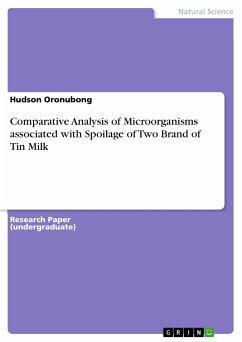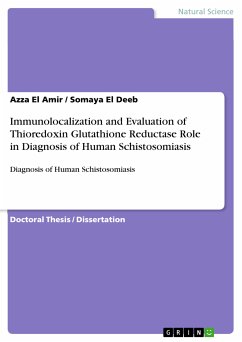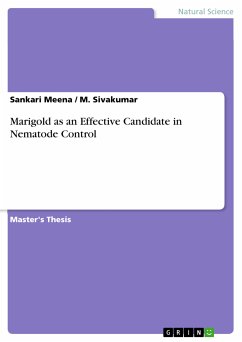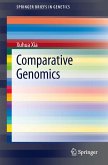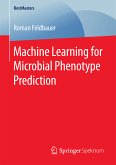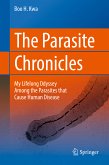Research Paper (undergraduate) from the year 2023 in the subject Biology - Parasitology, Kogi State Polytechnic (AKWA IBOM STATE POLYTECHNIC, IKOT OSURUA, IKOT EKPENE, AKWA IBOM STATE, NIGERIA), course: MICROBIOLOGY, language: English, abstract: Comparative analysis of microorganisms associated with two brand of spoiled tin milk was carried out using standard microbiological techniques. The study revealed that sample A recorded the highest count (4.6 x 106cfu/ml), while sample B recorded the least count of (1.2 x 106cfu/ml) for bacterial and fungal count indicated highest count (1.3 x 106cfu/ml) from sample A, while sample B recorded the least count of (0.5 x 106cfu/ml). The study revealed the presence of five (5) bacterial isolates to include Lactobacillus sp, Pseudomonas sp, Campylobacter sp, Bacillus sp, Staphylococcus sp and four (4) fungal isolates to include Fusarium sp, Aspergillus sp, Penicillium sp and Sacharomyces sp. Lactobacillus sp recorded the highest frequency and percentage occurrence of 16 (27.6%), Pseudomonas sp 13(22.4%), Bacillus sp 12(20.7%), Staphylococcus sp 10(17.2%) while Campylobacter sp had 7(12.1%) as least for bacteria, Aspergillus sp recorded the highest frequency and percentage occurrence of 8(40%), Penicillium sp 6(30%), Fusarium sp, 4(20%), while Sacharomyces sp had 2(10%) as least for fungi.

